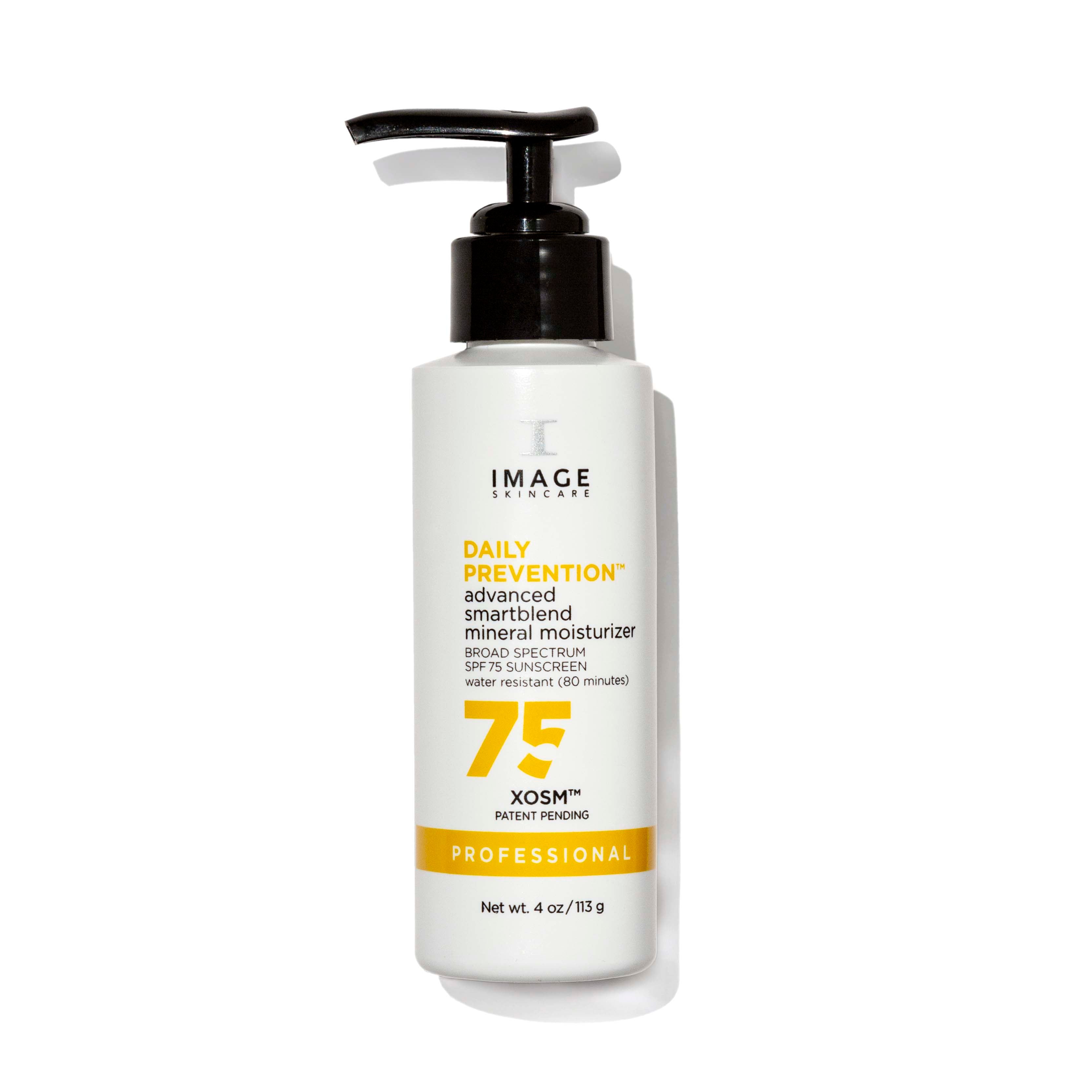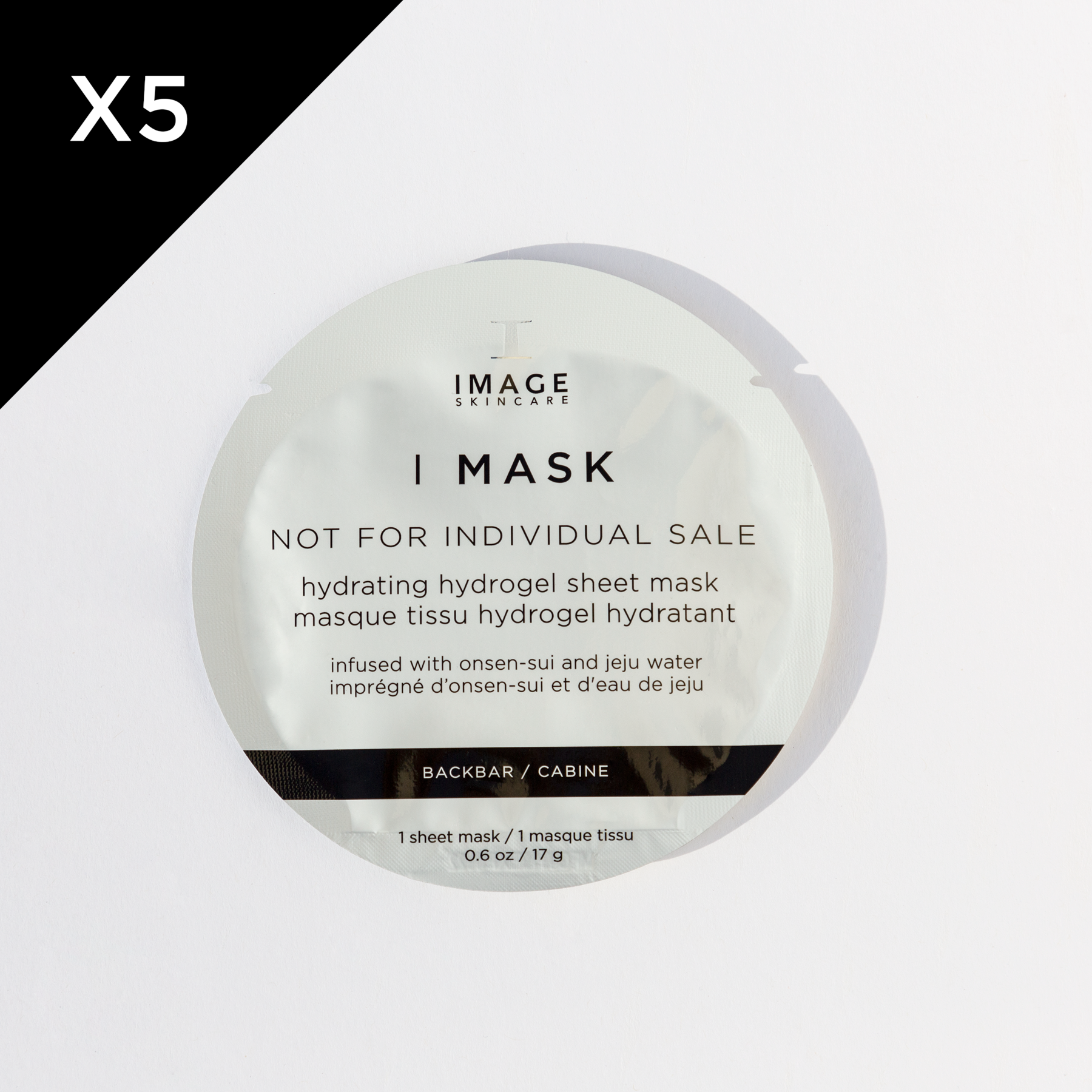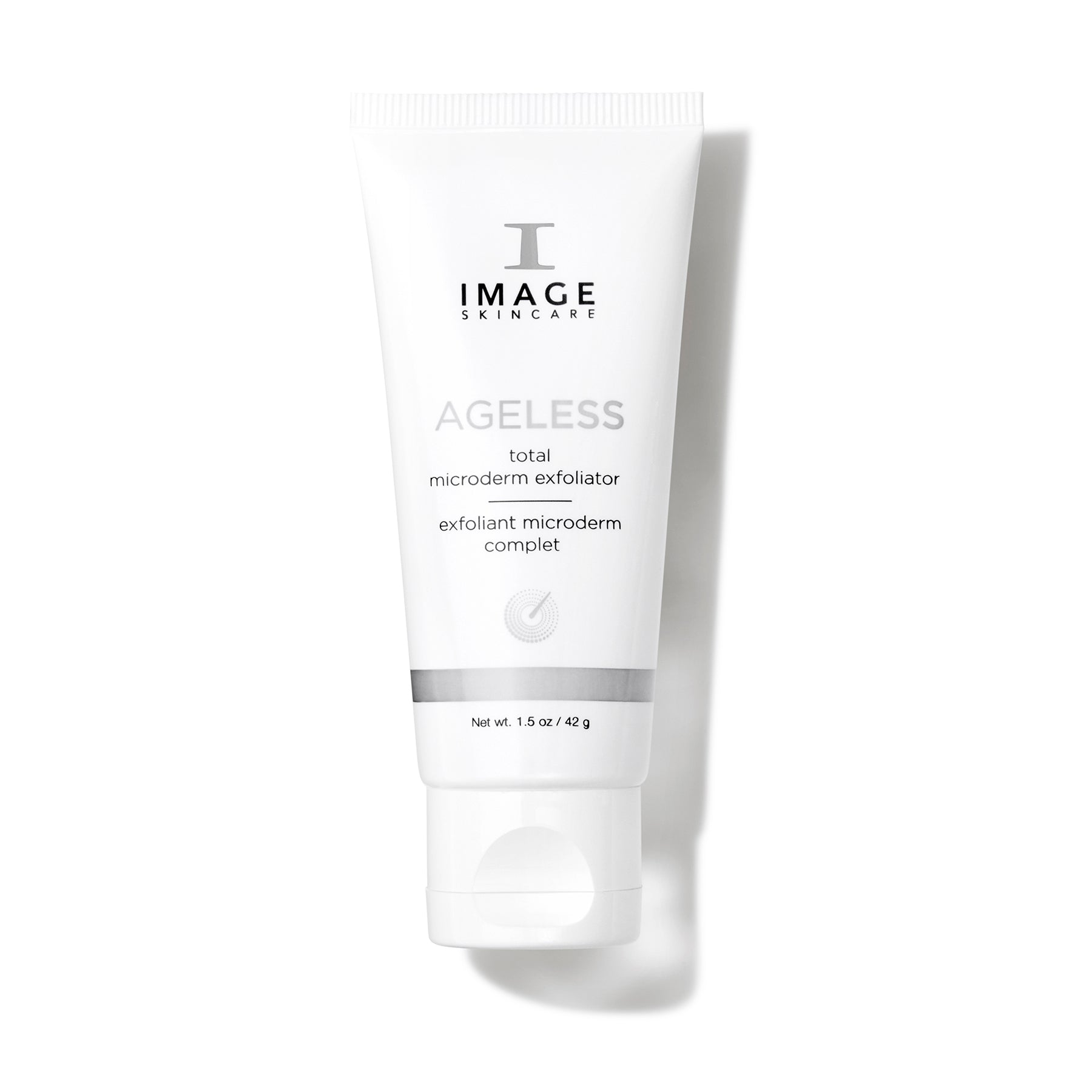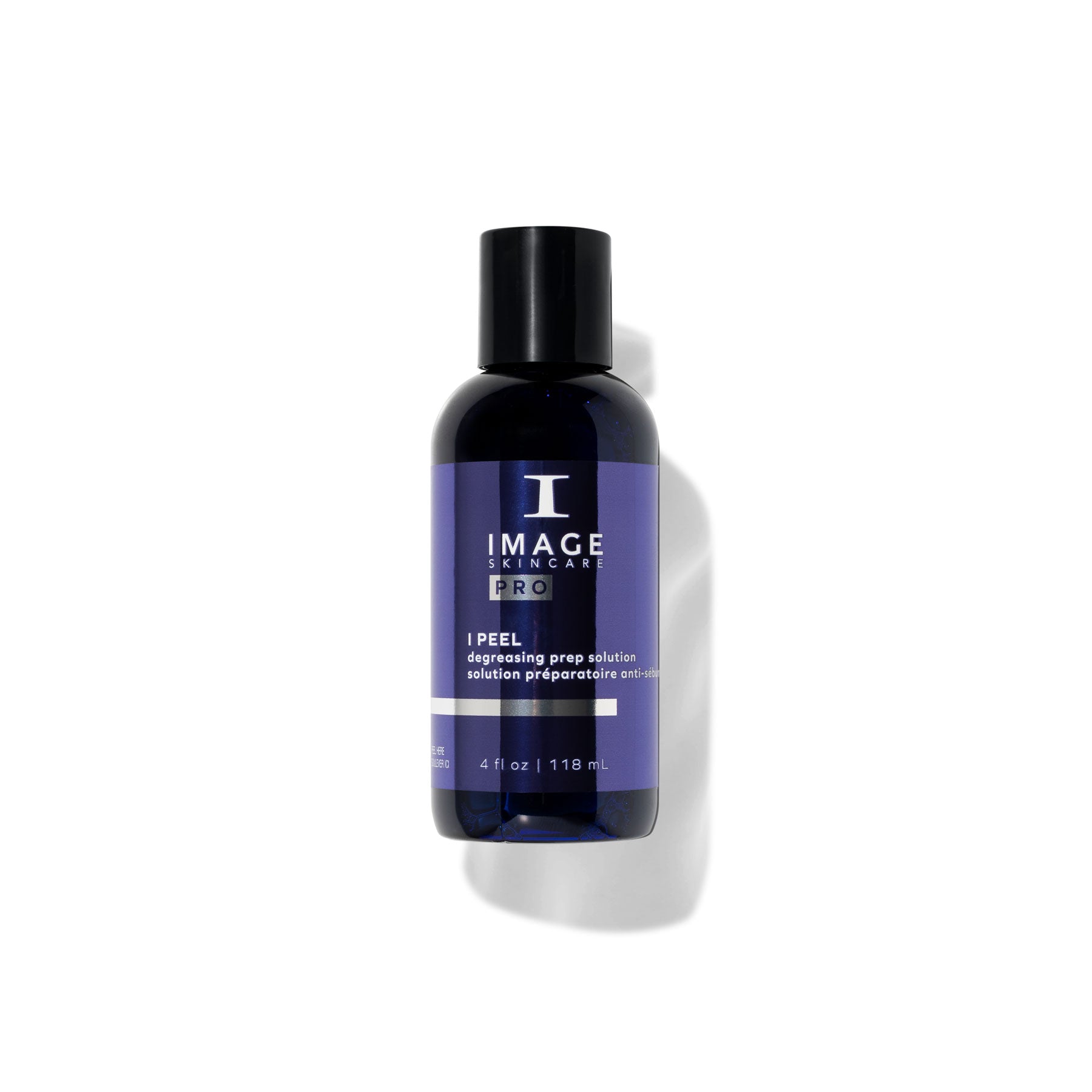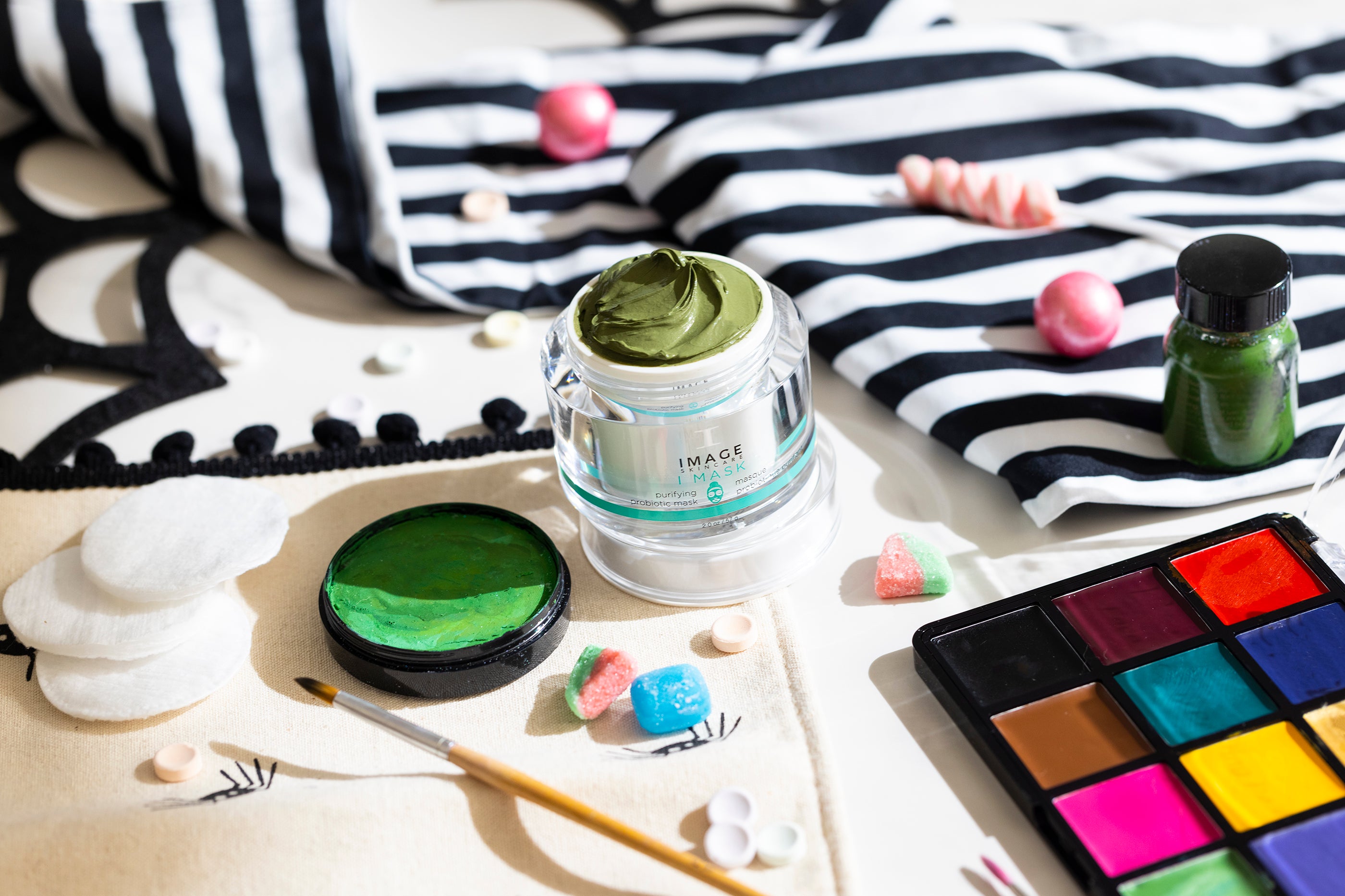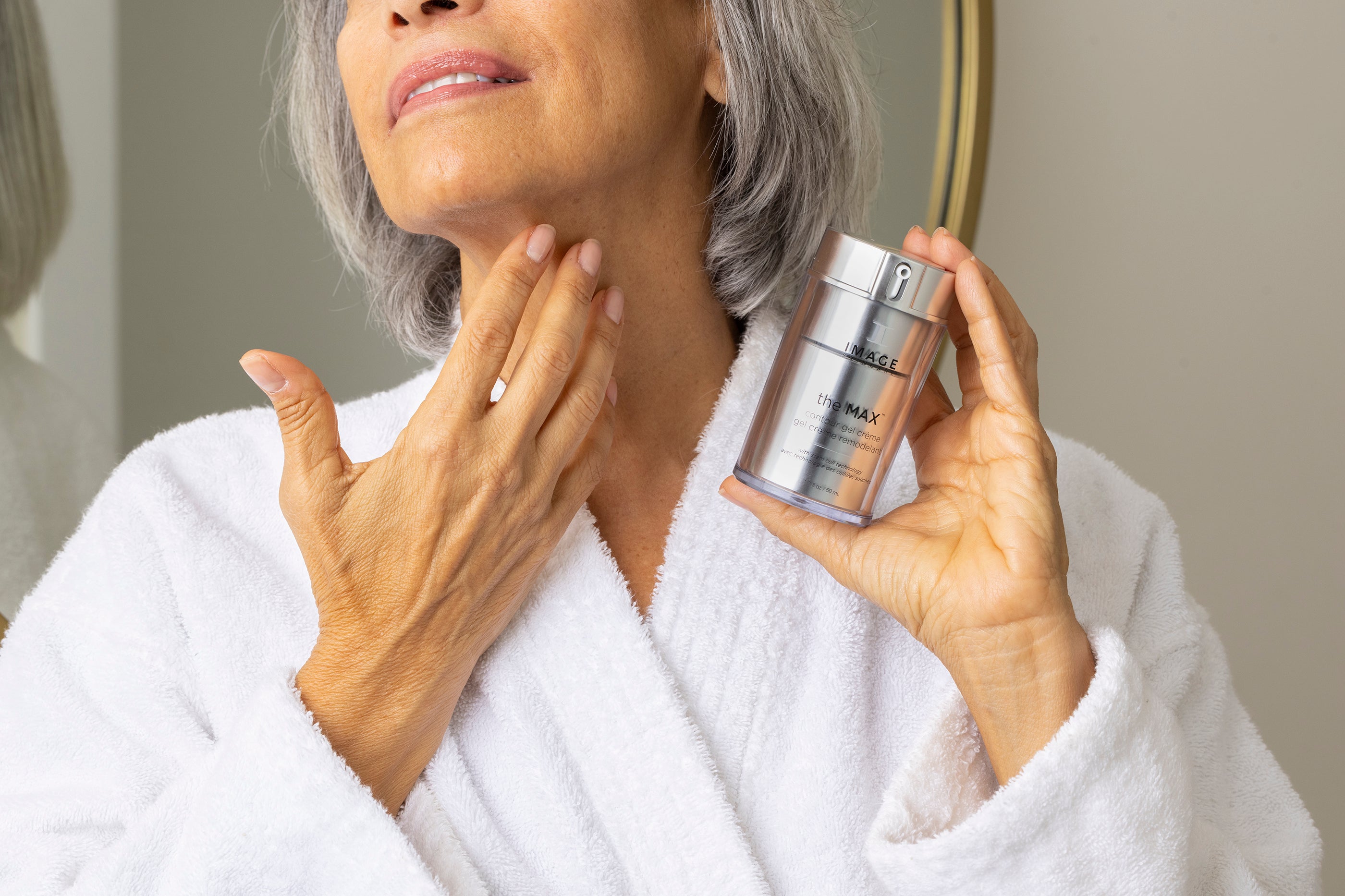
5 Things You Need to Know About Stem Cells in Skin Care
Plant stem cells in skin care are among the latest breakthroughs, with encouraging potential to help address common concerns associated with aging skin. Plant stem cells are a very exciting development in skin care and unlike human stem cells, there is no ethical or legal argument against using them in cosmetics.
CAN PLANT STEM CELLS FROM FRUITS, FLOWERS AND OTHER VEGETATION HELP YOU ACHIEVE A BEAUTIFULLY YOUTHFUL COMPLEXION?
Let’s dive in and find out.
1. HOW STEM CELLS ARE CULTIVATED
Plant stem cells are usually made in labs where they’re held in controlled conditions without interference from pesticides, pollution or other environmental concerns. This ensures the extracted stem cells are as pure as can be.[1]
For this reason also, they are a lot more sustainable than traditional methods — there is less water used and less waste created.[2] Stem cells from plants are considered “dedifferentiated” which means they have had their specialized properties removed. Normally these properties would tell the cell to grow into a root, a stem, or a leaf.
Instead, these stem cells are grown in large suspension chambers where they grow in masses and clumps instead of chains or strings. This clumping can lead to changes in the genetic properties of the cells, of which researchers will collect the highest proliferating cells for further culturing.[3]
In addition to being genetically unique, these plant cells also hold self-renewal abilities in addition to rapid growth rates and an abundance of antioxidant compounds. This makes them a highly desirable option for the skincare industry for their inclusion in products such as our I MASK purifying probiotic mask which includes a blend of probiotics and various plant extracts from pomegranate, goji, acai, and mangosteen.
Ingredients derived from normally grown plants for use in skin care are often constrained by problems with harvesting and availability. Yet because plant stem cells are cultured in labs, these issues are not hindrances. Moreover, with researchers being able to regulate the quality of plant stem cells, it ensures customers get the very best every time.[4]
2. HOW PLANT STEM CELLS WORK
The origins of using plant stem cells can be traced back to a Swedish apple tree from the 18th century. These Uttwiler Spätlauber apples were unique in that while still growing on the tree, they displayed almost supernatural self-healing abilities. When damaged, they could quickly regenerate their skin, while other apples would be scarred and damaged permanently.
This unusual rejuvenating ability was noticed by researchers much later in the apple tree’s history and, at the time, was almost too late. The Uttwiler Spätlauber strain of apple was nearly extinct with less than 20 trees still growing.[5]
Plant stem cells in skincare are not the actual living stem cells, but rather what is found inside them (a.k.a. the extracts). The plant stem cells in skincare products aren’t technically alive, but that doesn’t mean they’re not helpful. In fact, they help offer the many positive visible effects of antioxidants, such as reducing the appearance of wrinkles, dark spots and temporary redness.[6]
Overall, plant stem cells and extracts in products such as our AGELESS total resurfacing masque can potentially help produce a healthier-looking complexion.[7] It contains a variety of useful plant stem cell extracts including those found in St John's-wort and English Ivy.
When combined with human stem cells, researchers found that the apple cells could not only increase overall natural stem cell production, but could also encourage healing of damaged skin from wrinkles and sun damage.[8]
3. WHICH PLANTS ARE USED?
While the plant that started most of the research was a Swedish apple tree, a large variety of plants are used in extracting plant stem cells. Tomatoes, flowers like lilacs, berries, algae, grape seeds and ginger are among the vegetation that provide plant stem cells.
Many of them usually have different benefits. For example, ginger stem cell extracts have exhibited a sort of “mattifying effect” that helps pores look smaller[9] similar to the effects seen after using our I MASK hydrogel sheet mask. These hydrating masks contain a blend of extracts from green tea and red wine to encourage overall skin health, hydration, and appearance.
The stem cell extracts from the original rare Swiss Uttwiler Spätlauber apple tree have been shown to be effective against the appearance of eye wrinkles.[10]
With more research, more plants may be used in furthering the benefits of plant stem cells. In fact, one of the most promising plants being used in a variety of research settings now is Leontopodium alpinum, or the Edelweiss plant from the Himalayan region.[11]
The plant contains extremely powerful anti-inflammatory properties, as well as a range of different antioxidants. When used in a testing study, the stem cells from Edelweiss proved to encourage collagen production and reduce wrinkle depth, as well as reducing the visible effects of sun damage and aging.[12]
4. THE BENEFITS OF STEM CELLS
Various studies have linked plant stem cells with the following beauty benefits:
- Helps plump the appearance of skin. Plumper skin looks healthier, maintains better tone and color, and holds hydration for longer periods throughout the day.
- Helps skin appear from taut and firm.[13] Similar results can be found in our I MASK firming transformation mask which makes use of Pepper berry extract and volcanic clay.
- Reduce the appearance of wrinkles, dark spots and large pores.[14] Laugh lines, crows feet, and large pores can all be reduced with a variety of stem cells and extracts.
- Helps promote the look of even-toned skin. Discoloration and hyperpigmentation can be a common issue in sun-damaged skin, as well as aged skin.
As more time is placed into researching stem cells from different species of flowers, shrubs, and trees, other beneficial effects are being found and refined for use in skincare products. There are a number of botanical extracts available today which can reduce inflammation in acne-prone skin, protect delicate skin from UV damage and oxidative stress, encourage cellular reproduction, and encourage collagen production.[15]
Using plant stem cells and extracts in products helps remove the stigma and ethical dilemma caused by using stem cells from humans or other animals. The amazing restorative potential is still there, and in fact can oftentimes be improved upon depending on the extraction and cultivation method.
Our VITAL C hydrating enzyme masque contains the rapidly growing stem cells from Bambusa vulgaris, or the common bamboo. In addition, natural enzymes from papaya and pineapple can encourage the sloughing of dead skin cells to create a softer feel and healthier appearance on your face and neck.
5. LOOKING TO THE FUTURE
Studies on plant stem cells show a lot of auspicious results. As research looks into the future, the main objective will be in figuring out how to incorporate live plant stem cells into anti-aging products, which at the moment is impossible. Live stem cells will potentially provide even more anti-aging benefits. There is also the matter of implementing a way to allow plant stem cells to enter as deeply as possible into the skin where it can do the most good. Additional research is certainly needed, but for now plant stem cells show a lot of promise.[16]
IMAGE SKINCARE’S THE MAX STEM CELL SERUM
This powerful serum is specially formulated to give you a potent burst of plant stem cells to help diminish the appearance of wrinkles. In addition to containing neuropeptides, it features a very powerful combination of plant stem cells that offer unique benefits.
For example, the malus domestica fruit cell culture has shown to help rejuvenate skin, while the phaseolus radiatus l.callus extract and the argania spinosa sprout cell culture helps minimize the appearance of wrinkles. Together, these plant stem cells work hard to make your skin look refreshed, beautiful and younger-looking.
[1] https://www.ncbi.nlm.nih.gov/pmc/articles/PMC5674215/
[4] https://www.ncbi.nlm.nih.gov/pmc/articles/PMC5674215/
[5]https://www.swissinfo.ch/eng/a-swiss-apple-a-day-keeps-wrinkles-at-bay/7668056
[6] https://www.ncbi.nlm.nih.gov/pmc/articles/PMC5674215/
[7] https://www.ncbi.nlm.nih.gov/pmc/articles/PMC5674215/
[8]https://www.pharmaca.com/projectwellness/how-do-plant-stem-cells-work/
[9] https://www.ncbi.nlm.nih.gov/pmc/articles/PMC5674215/
[11]https://www.pharmaca.com/projectwellness/how-do-plant-stem-cells-work/
[12]https://www.pharmaca.com/projectwellness/how-do-plant-stem-cells-work/
[13] https://www.ncbi.nlm.nih.gov/pmc/articles/PMC5674215/
[16] https://www.ncbi.nlm.nih.gov/pmc/articles/PMC5674215/
